TYPES OF DREADS
learn more about dreads
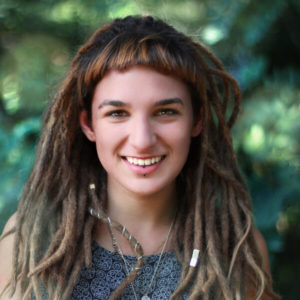
DREADS
done permanently
The term “DREADS” refers to all forms of dreadlocks permanently on the head, e.g. natural dreadlocks. This also applies to dreadlocks extended or sewn permanently, both natural and synthetic. Dreadlocks are characterized by a long time of making and combing. However, when mature (they break down properly) become an undemanding hairstyle that does not require much attention.
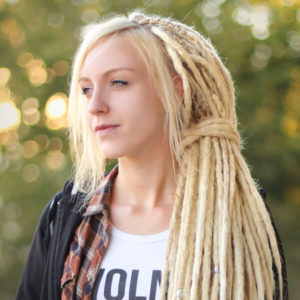
DREADLOCKS
temporary
Dreadlocks are all dreads attached for a specified period. Usually these are only synthetic dreadlocks with a proper ending (folded in half or with a loop) attached with a braid weave, thanks to which they minimally damage the hair and their putting on and taking off is not a problem.

NATURAL DREADS
most natural look
Material:
Natural hair.
Application:
They are perfect for both making and permanently extending natural dreads. Due to their properties and price, they are not made from dreadlocks, although there is such a possibility.
Features:
- Soft and pleasant to the touch (this does not apply if they are neglected and a large amount of dirt penetrates inside).
- Moderately heavy compared to synthetic.
- They can be dyed and brightened without any problem.
- Freshly made take time to acquire the right structure and nice appearance (usually it takes 10 to 18 months).
- They are cared for and washed like normal hair

SYNTHETIC DREADS
dries easily and quickly
Material:
100% Kanekalon.
Application:
Thanks to their low price (compared to packaged natural hair) they are an excellent alternative for making dread extensions as well as supplementing and stitching abrasions.
Features:
- More rough and less pleasant to the touch than natural.
- They can cause temporary skin irritation (most often in the case of dreadlocks mounted just next to the scalp).
- They melt under the influence of very high temperature.
- They are not susceptible to dyeing, but they come in a huge number of color variants.
- Well made dreadlocks made of synthetic hair do not require tightening, repair and care.
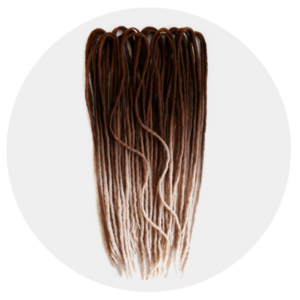
WOOLEN DREADS
light and pleasant to the touch
Material:
Wool.
Application:
Due to the type of material, they are usually not used to lengthen dreads permanently, although it is possible. They work best when making dreadlocks.
Features:
- Very light compared to natural hair. Only after getting wet their weight changes significantly.
- They do not cause irritation.
- They can be dyed using appropriate dyes (e.g. for fabrics)
- Properly felt woolen dreadlocks do not require repair.
- They do not require additional care.

SIMPLE AND EQUAL
smooth and slender
To achieve this effect, it is usually necessary to properly and accurately make and use crochet in the creation process. Appropriate tightening also allows them to maintain a nice, simple shape.
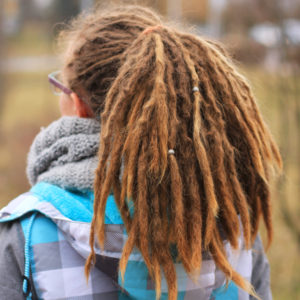
ROOTS
natural look
This appearance usually arises naturally (no repairs) or by properly preparing the bases which should then be given time to deform themselves.

FABRIC
hot welded
This type of dreadlocks is usually characterized by high susceptibility to loosening and destruction. However, it works great in temporary projects and for a very short period of time.
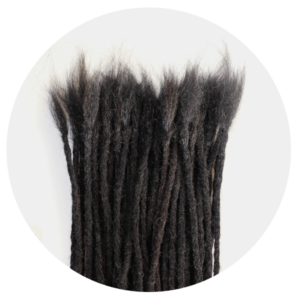
TUFTS
sewn in permanently
This type of tip is used to extend or connect two dreadlocks permanently. It can also be easily converted into a loop or double dreadlock.

LOOP
trailed temporarily
The loop is used to attach individual dreadlocks with a braid weave.

DOBLE DREADLOCKS
trailed temporarily
In this case, the attachment end is created by folding the dreadlock in half, thanks to which two ends of dreadlocks come out from one base.

ROUNDED
well secured
This is a good solution, especially with very short dreadlocks, which additionally protects the ends against flying. However, it should be remembered that this way of finishing markedly shortens dreadlocks.
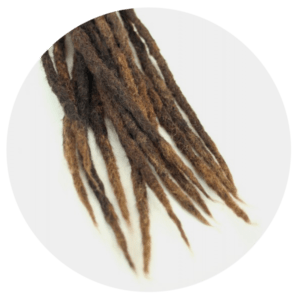
POINTY
natural look
When making dreads, the pointed endings allow you to optically lengthen the dreads in relation to the length of the hair. They also talk more naturally on straight hair.
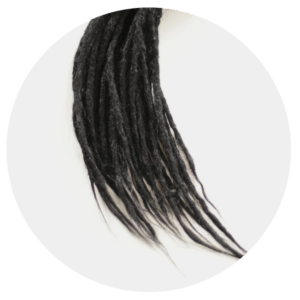
TUFTS
maximum length of dreads
Leaving the brush loose hair is lengthened by very short dreadlocks. This solution looks best with straight hair that does not twist to form hooks.





